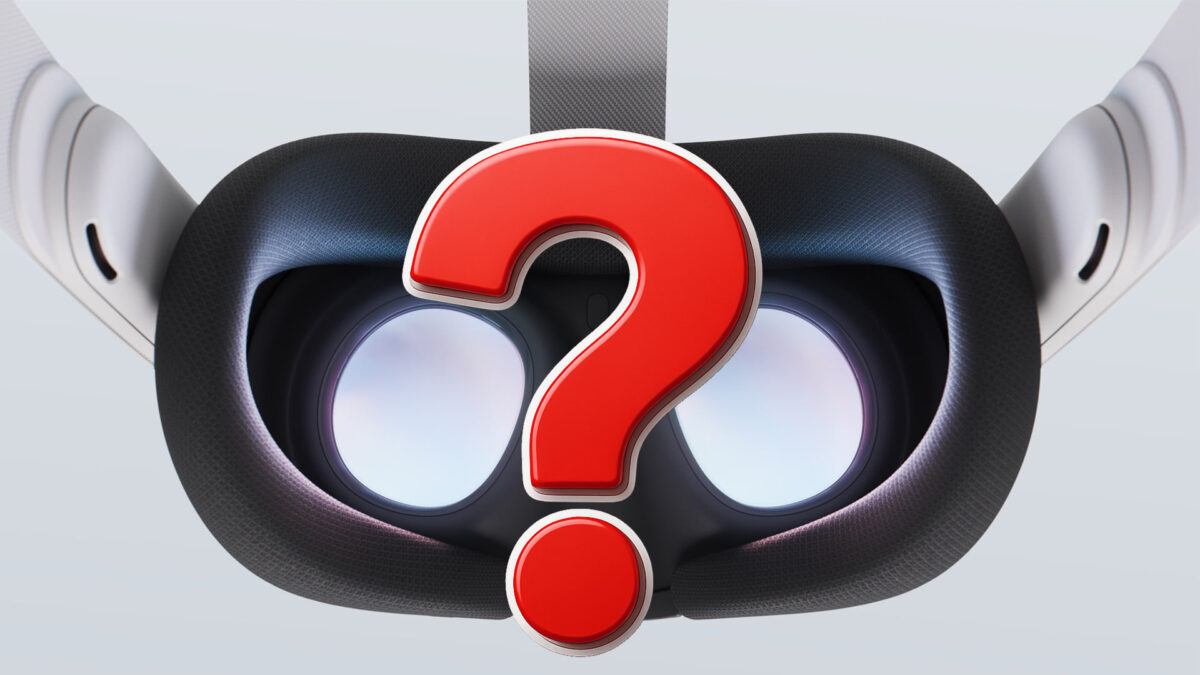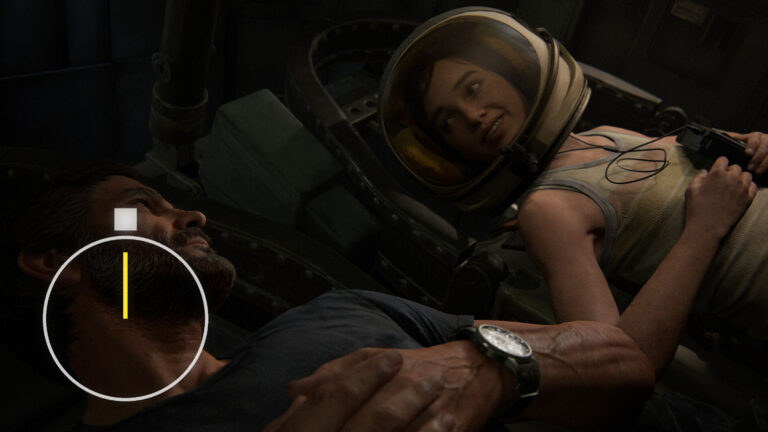Light as glasses, powerful as a headset: Meta Puffin (Loma) wants to bring mixed reality into daily use. Here’s what we know so far about its technology, design, and audience.
Meta is working on a radically new mixed-reality headset designed to make XR devices practical for everyday use. The Meta Puffin, sometimes also referred to as Meta Loma, is being developed as an ultra-light premium headset paired with an external computing unit (“Compute Puck”). Unlike Meta’s Quest line, Puffin isn’t built primarily for gamers. Instead, it’s targeting users who want immersive media and productivity features woven into daily life.
In this article, we’re rounding up everything we know and what’s being rumored about the Meta Puffin – from concept and design to its planned release.
Meta Puffin (Loma): Key facts at a glance
- Ultra-lightweight mixed-reality headset, under 110 grams.
- Processing power and battery packed into an external “Compute Puck.”
- Control via eye-tracking and hand-tracking—no controllers required.
- Focus on media, productivity, and daily use, less on gaming.
- Planned launch: 2027, expected to land in the premium price bracket.
- Positioned as an alternative to Apple’s Vision Pro.
What is Meta Puffin, and how does it differ from the Quest line?
Meta Puffin takes a very different approach from headsets like Quest 3 or the rumored Quest 4. While the Quest line is designed around standalone gaming and entertainment, Puffin is built for everyday use—streaming shows, connecting with people, or getting work done. With Puffin, Meta is carving out a new product category that won’t replace smartphones but could evolve into an everyday AR platform.
The biggest shift is in the hardware design: Puffin is essentially a featherweight pair of glasses with pancake lenses and passthrough functionality, while all the computing and power sit in a separate device. This “Compute Puck” can be carried in a pocket, enabling a much sleeker design similar to Apple’s Vision Pro, but at a fraction of the weight.
Relationship to Meta Loma: codename or separate product?
In industry circles, Meta Puffin and Meta Loma are sometimes used interchangeably, though they’re occasionally seen as different development phases. Current thinking suggests Loma was either an earlier prototype or a parallel version, with a heavier focus on productivity and business use. Puffin appears to be the final product vision, aiming at media consumption and broader consumer appeal. Differences in pricing, software, and target audience are possible but not yet confirmed.
Technical design: Compute Puck, eye-tracking, and pancake lenses
Leaks suggest Puffin uses a modular setup: the glasses themselves include only optics and sensors, while the Compute Puck handles the heavy lifting. That keeps the headset’s weight down to about 110 grams, just a fraction of current VR headsets.
The headset ditches controllers entirely, instead relying on eye-tracking and hand gestures—similar to what Apple’s Vision Pro and other prototypes have showcased. This should make navigation more intuitive and lower the barrier to entry. Passthrough for seeing the real world and a natural field of view are also said to be in the works.
Some reports mention the possibility of holographic optics down the line, though that hasn’t been confirmed.
Target audience, use cases, and positioning
Puffin isn’t designed for hardcore gamers. Instead, it’s for people who’ve been put off by the size, weight, and complexity of traditional VR headsets. Its sweet spot lies in immersive media, communication, and productivity, think virtual monitors or binge-watching a series on the couch.
Also interesting:
This positions Meta Puffin directly against Apple’s Vision Pro, but with a sharper focus on comfort and everyday practicality. Pricing hasn’t been confirmed, but analysts expect it to land around the $1,000 mark in the premium tier.
Release window and development status
Meta Puffin isn’t expected to launch before 2027. Right now, the project is still in an experimental phase, meaning the timeline could shift or the device might never see the light of day. Meta hasn’t gone public with details, but multiple leaks and analyst reports suggest Puffin is being developed in parallel with the Quest 4 line.
Conclusion: Lightweight, high ambition
Meta Puffin has the potential to reshape the XR market, if it delivers on its promises. With its sub-110 gram weight, intuitive controls, and focus on media and everyday use, Meta is stepping into a whole new device class. If the tech works as planned, Puffin could be Meta’s first real step toward AR glasses that work for the mainstream.
Sources: WSJ, The Information, UploadVR
No related articles found.










